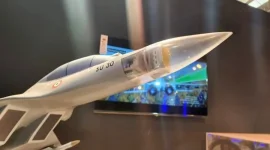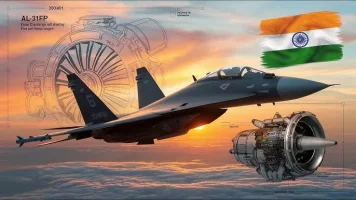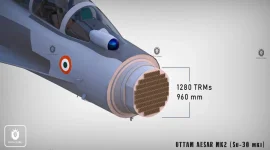- Views: 3K
- Replies: 28

The Aeronautical Development Agency (ADA) has received approval from the Ministry of Defence (MoD) to finalize the Critical Design Review (CDR) for the Twin Engine Deck-Based Fighter (TEDBF) program, designed specifically for the Indian Navy's aircraft carrier operations.
However, ADA officials have expressed optimism about the possibility of adapting the TEDBF for the Indian Air Force (IAF), should there be interest.
The TEDBF, a 26-ton aircraft optimized for naval operations, could be modified for Air Force use by removing naval-specific features like the folding wings and the robust landing gear necessary for carrier landings.
ADA officials believe this adaptation could be achieved in under two years, presenting a valuable opportunity for the IAF to leverage indigenous technology.
This proposed Air Force variant, estimated to weigh approximately 24 tons due to the removal of naval components, would offer several advantages:
- Reduced weight: Increased operational flexibility and potentially improved performance.
- More hardpoints: Enhanced ability to carry a wider range of weapons and stores.
- Increased fuel capacity: Extended operational range for long-range missions.
- Greater internal space: Potential for accommodating more fuel or avionics, further enhancing performance.
However, the development of this variant hinges on the IAF's strategic needs and its willingness to invest in a naval-derived design. The IAF's current Multi-Role Fighter Aircraft (MRFA) acquisition plans and its overall fleet modernization strategy will ultimately determine whether this opportunity is pursued.
If the IAF chooses to adopt the TEDBF, it would gain access to a versatile, indigenously developed fighter jet that could bridge the gap until the AMCA and Tejas Mk2 become operational. This move would not only strengthen the IAF's capabilities but also contribute to India's growing self-reliance in defence technology.



